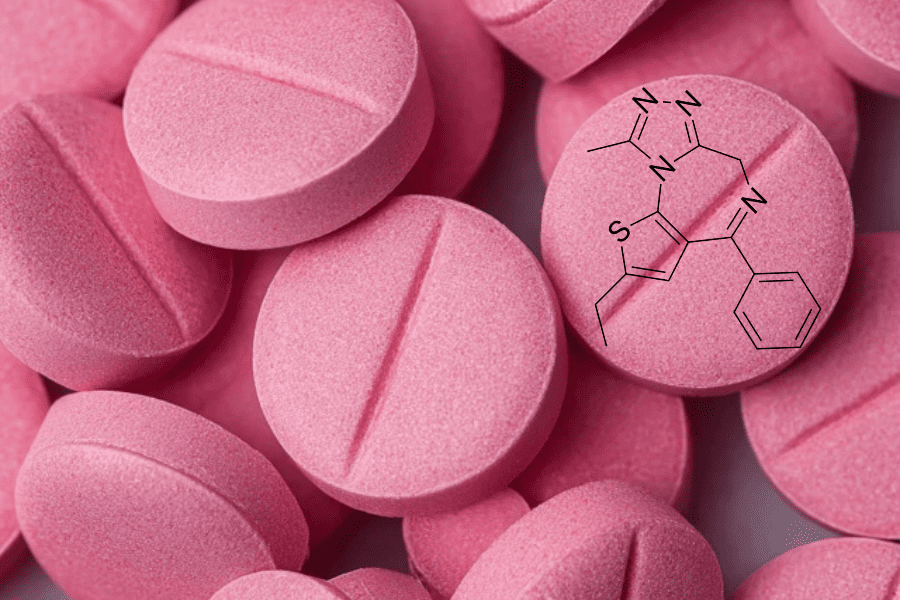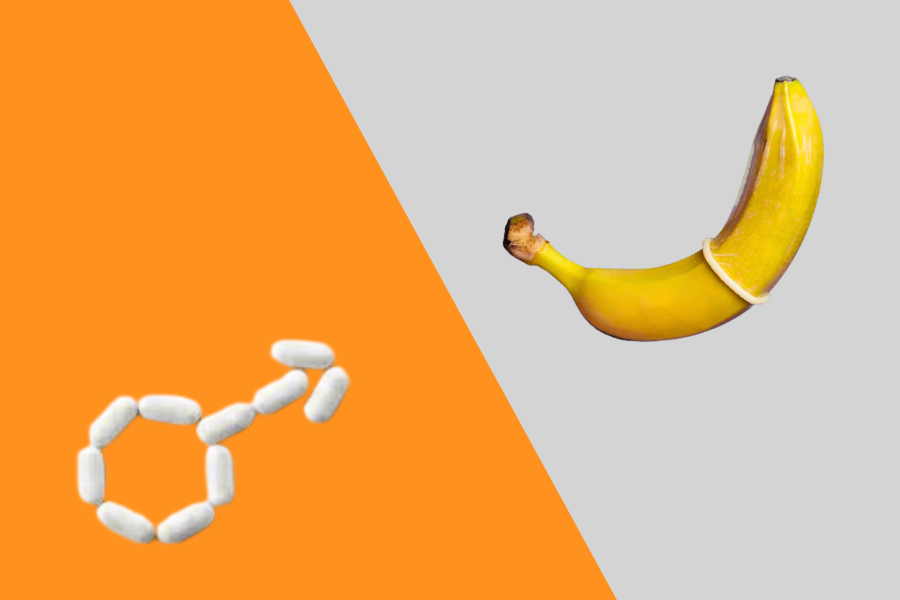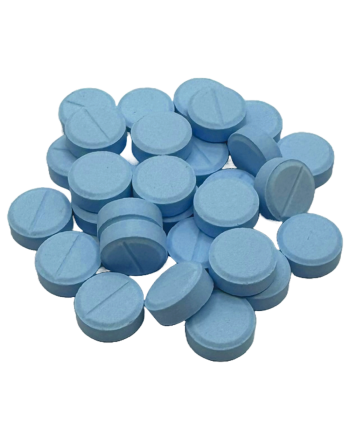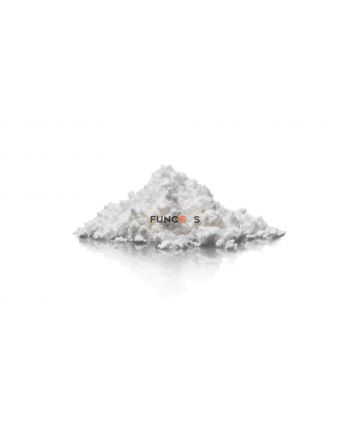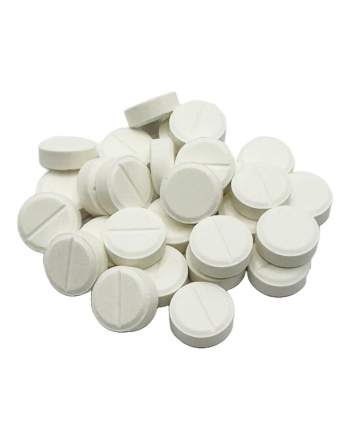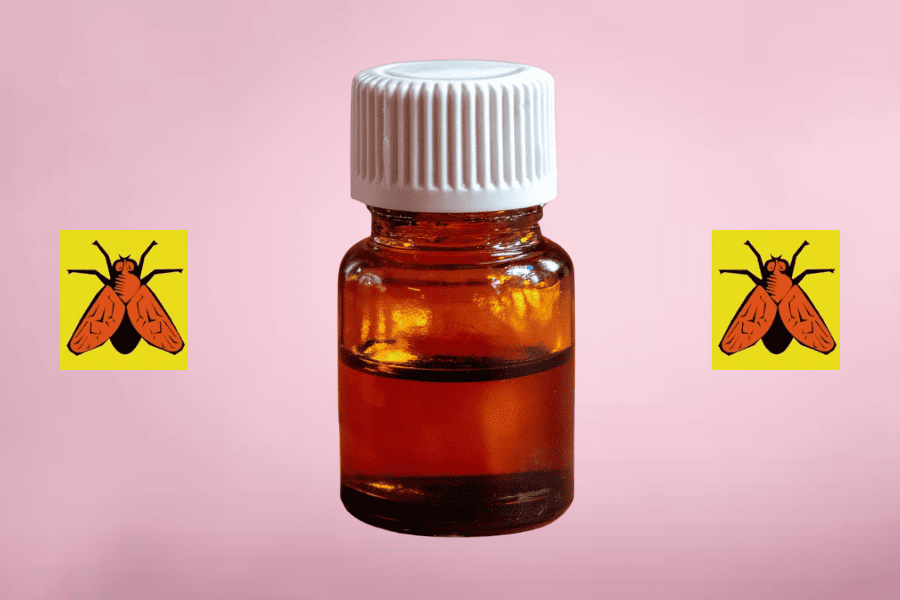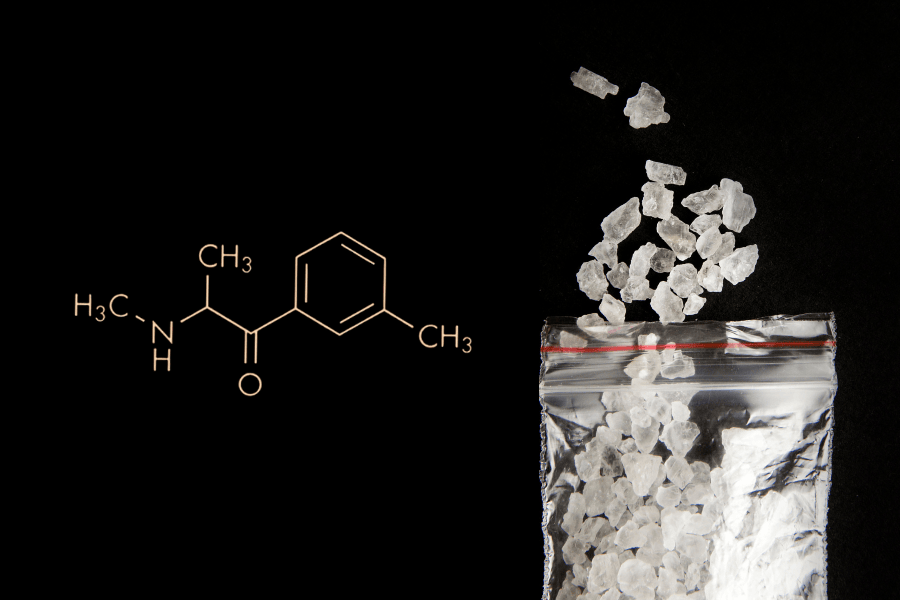O DSMT experiences and more
- Funcaps
- Blogs about research chemicals
- 2 Apr 2024
- 355views
- Reading time: 3 minutes

O-DSMT is a research chemical with analgesic activity. It is an opioid substance, which is part of the cyclohexanol class. The RC appeared on the research market in 2010, so little research has been done on the drug. Still, are you curious about what the online reports that do exist say about the O DSMT experiences and effects? This blog will delve deeper into these O-DSMT experiences and more.
What is O-DSMT for a substance?
ODSMT stands for O-Desmethyltramadol/desmetramadol. It is a research drug not intended for recreational use. The RC is an active metabolite of the drug tramadol, but is less stimulating than this substance. In contrast, O-DSMT is more potent in its narcotic and analgesic effects. It is therefore not recommended during studies to use the RC in combination with other RCs, alcohol or antidepressants.
What do opiates do?
Opioid substances are derivatives of the opium plant. Opiates include natural substances, such as codeine and morphine, but they also include synthetic opioid substances, such as methadone and fentanyl. Opiates bind to specific receptors, producing an analgesic effect.
Effect of O DSMT
O-Desmethyltramadol is an active metabolite of tramadol and as such it is responsible for the same analgesic effect as tramadol, only many times more potent. Desmetramadol has an unusual chemical structure, with a cyclohexane ring attached to a phenyl ring. Pharmacologically, when ingested in the body, O-DSMT acts as a μ-opioid agonist, meaning it binds to μ-opioid receptors in the brain and spinal cord, and it also has affinity for δ- and κ-opioid receptors.
Experiences with O DSMT
So what are the average O DSMT experiences? What do people think of this RC? The effects of ODSMT have already been the subject of some research, as the effects are largely similar to tramadol. These are the average experiences:
- Subjects experience a narcotic effect
- They perceive a calmness.
- They feel euphoric.
- They experience a reduction in anxiety.
- Nervousness is suppressed.
- Anxieties decrease.
- Muscles become relaxed, similar to poppers.
Negative O DSMT experiences
Some negative experiences can also be found on the internet regarding ODSMT. Negative effects include:
- An itchy feeling
- Dizziness
- Drowsiness
- Vomiting
- Headache
- Difficulty defecating
- Nausea
- Strong urge to take again
- Irritation of airways or eyes
What are the average O DSMT experiences in terms of duration of action?
How long the effects of O DSMT last depends on a number of things, such as the subject's sensitivity to the drug, the ways of taking it and the dosage. Available online studies estimate that desmetramadol starts working after half an hour to an hour after ingestion, reaching its peak in about two hours. The effects are observable about three to four hours.
How much O-DSMT should you take?
Experience reports have shown that thirty milligrams of active ingredient is a good dosage. If you are going to investigate this RC for the first time, 30 mg would be an excellent starting dose. If you have already investigated O DSMT before, you can add up to thirty more in the same study. You can also choose to research on the pellets of O DSMT. These contain 50 milligrams of active substance and one pill is enough per experiment.
